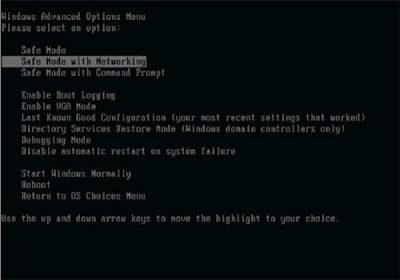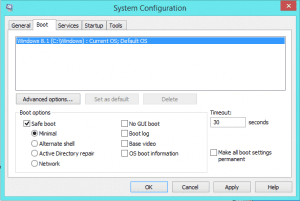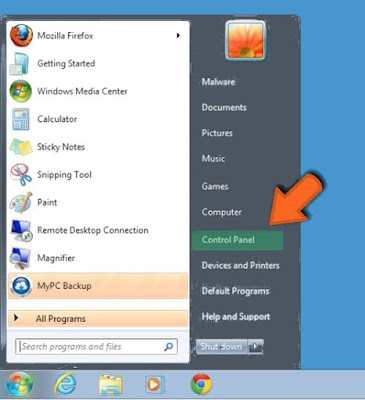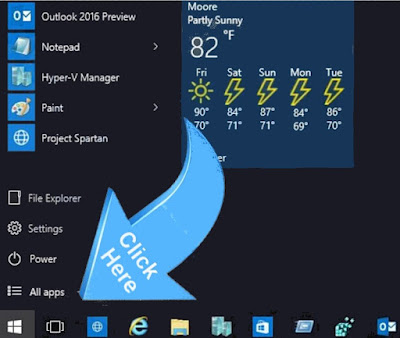Remove PHP.Ransomcrypt.B quickly and effectively with these simple tools
Quick Steps To Eliminate PHP.Ransomcrypt.B From PC
PHP.Ransomcrypt.B is a severe Trojan virus that is recently created by Internet hackers to ruin targeted system. Usually this trojan virus affects Windows computer and and is being distributed mostly with Spam email or freeware as an attachments or hidden links. As soon as it invaded on the PC, first of all PHP.Ransomcrypt.B will get inside the system root directory. After that all activities will be started in computer background so that can not be identified during system scan. Generally this nasty trojan change system internal settings and cause great damage to your PC. Having this threat on the computer it would become very difficult to access stored data as well as application and launch it to perform required activities.
It is well known that PHP.Ransomcrypt.B is one of the severe trojan virus that you will come to know till now. The reason is, this trojan may also break system firewall settings and create backdoor to install serious online threats like rootkit, spyware and other infection. It can also occupy free memory space and available system resources. Due to that running processes get stopped and no any task get completed properly. Other than that it may also inject keylogger in your PC that can track your online as well as off-line activity and record every keystrokes. Consequently user's personal, fianancial as well as other sensitive data can be leak and accessed by remote hackers for illegal purposes. Therefore it is necessary to remove PHP.Ransomcrypt.B from the compromised PC as soon as possible.
Expert Recommendation:
3 User Testimonials :
"I was really shocked and scared after seeing the ransom message. I even started thinking of my some past mistakes and felling guilty. I restarted the system like hundred times in hope of happening something good but everything was waste. Thanks to the automatic PHP.Ransomcrypt.B Scanner. It made every thing alright in just few clicks. Its really a great malware Scanner.
Mary, Bern, Switzerland
"I had to wait for almost 10 minutes after switching on my system to boot. As the desktop appears, there were hell lot of error messages. I used many anti-PHP.Ransomcrypt.B softwares but nothing good happened. At last, one of my friend suggested me automatic PHP.Ransomcrypt.B Scanner. I used it and every problem to my system was resolved. It was now working like a new PC."
Sur, L.A
"Automatic PHP.Ransomcrypt.B Scanner is a life saver software. It made my PC like a new one.
Without scanning my friend's USB, I inserted it in my PC and made it perform like hell but PHP.Ransomcrypt.B Scanner resolved every issue in just few clicks."
Nikks, U.S.
Threat Assessment of PHP.Ransomcrypt.B :
PHP.Ransomcrypt.B is a deadly malware. Technically speaking, its a sub-routine or a smaller program which interrupts the current operations of system and try to deploy its own code with a unique property of replicating itself and changing the behavior according to the situation. Below here is a threat assessment of PHP.Ransomcrypt.B as per the wilderness and the damage done by it.
Category
PHP.Ransomcrypt.B has been categorized as a very deadly or critical infection which can infect a large no. of system at once.
Geographical distribution
It can affect a large number of system across the whole world simultaneously. It comes with a capability of spreading itself from system to system. Moreover it tries to target western countries since they have large number of internet users.
System Target
It generally target Windows PC. It can attack on any OS including XP, W 7, W 8, etc.
Infection capabilities
It can infect around 70-100 files at once. It can even target the entire machine and can also damage the network systems.
Above assessment clearly shows that PHP.Ransomcrypt.B is a lethal malware. Any ignorance to them may cause you to face par thinking consequences therefore one should never risk on it and try to remove as soon as possible.
Properties of PHP.Ransomcrypt.B infection :
PHP.Ransomcrypt.B is defined as malicious infection which interrupts entire functioning and sequential tasks of your windows PC without your permission. This effect the .exe file extensions of your windows PC. Sometimes it blocks your pc hard disk in this situation there is no other way besides replacing the hard disk. Here are some common properties of PHP.Ransomcrypt.B spyware :
- It attaches itself into the memory and then infects all the computer files. It can modify the code itself and can change the subject or body of your email. Sometimes It carries the other virus program which makes it more lethal.
- It has some special ability to infect your different computer partition and master boot record also. These all changes may lead to abrupt functioning of the entire PC making it slow and sluggish in performance.
- Delete files when you want to run it and makes changes in your computer volume and creates more than one partitions.
- Infects system files extensions like .com, .exe. .sys, .bin , .pif and other file extensions and even increase and decrease the size of the file automatically .
Steps To Reboot Your Computer In Safe Mode
For Windows XP | Vista | Win7
1. At, first restart your computer.
2. Press F8 button continuously once the PC start booting and then select the option to enter Safe Mode with Networking.
For Windows 8
1. Open your PC and press on to start button and then go to control panel from the menu option.
2. Then opt for System and Security, to select Administrative Tools and then goto System configuration.
3. After that click on the Safe Boot Option and click on OK button. It will open a pop-up Window, and then Restart the PC.
For Windows 10
1. Start your PC and then goto Menu option.
2. Press SHIFT key on the keyboard, to select the Restart option. This will reboot Win 10.
3. Now select the Troubleshoot icon, which is followed by advanced option in the Startup settings. After that click on Restart. It will give you the option to reboot, now select Enter Safe Mode with Networking.
Remove PHP.Ransomcrypt.B From Task Manager On Windows
Steps To End The Running Process Related To PHP.Ransomcrypt.B Using Task Manager
1. Open Task Manager by presssing Ctrl+Shift+Esc all together.
2. Then, Click on processes to Find PHP.Ransomcrypt.B.
3. Now Click and select End process to terminate PHP.Ransomcrypt.B.
Remove PHP.Ransomcrypt.B Created Files From Registry
1. Open Registry by Typing Regedit in the Windows Search and then press on Enter.
2. Open the registry entries, and then press CTRL+F together and type PHP.Ransomcrypt.B to find the entries.
3. Once the entries is find out, delete all PHP.Ransomcrypt.B named entries. In case, if you are unable to find it out, then you need to look up for it on the directories manually.
HKEY_CURRENT_USER—-Software—–Random Directory
HKEY_CURRENT_USER—-Software—Microsoft—-Windows—CurrentVersion—Run– Random
HKEY_CURRENT_USER—-Software—Microsoft—Internet Explorer—-Main—- Random
Remove PHP.Ransomcrypt.B From Control Panel On Windows
For Windows XP | Vista | Win7
1. First, click and select on Start Menu.
2. Then, goto Control Panel and select the program list.
3. Now Click on uninstall program button.
4. Select Suspicious program related to PHP.Ransomcrypt.B and right click on it.
5. At last select Uninstall option.
For Windows 8
1. At first, click and select "Menu Option".
2. Now goto setting option and select it.
3. Then click on Control Panel.
4. Select on Uninstall a program Option and right click on program that are associated to PHP.Ransomcrypt.B and at last Uninstall it.
For Windows 10
1. Click and Select on to Start Menu.
2. Then, Click On All Apps.
3. Select PHP.Ransomcrypt.B and other Suspicious program from the program list.
4. Now, click onto select PHP.Ransomcrypt.B and finally Uninstall it from Windows 10.












No comments:
Post a Comment